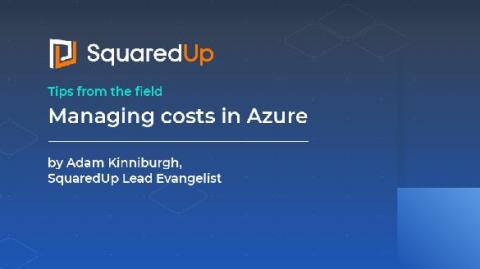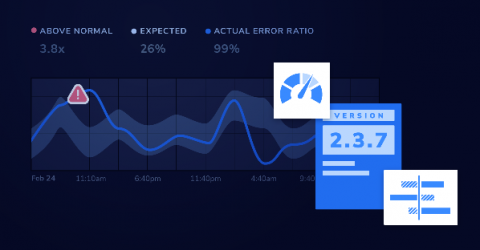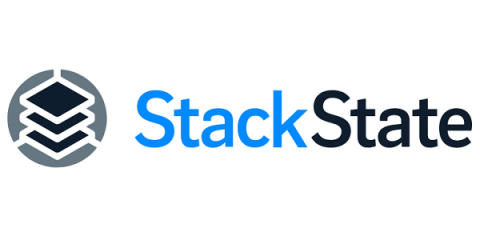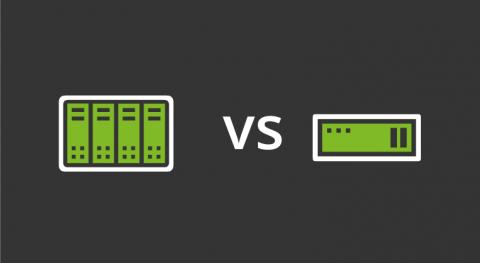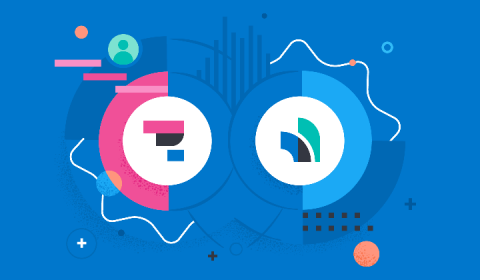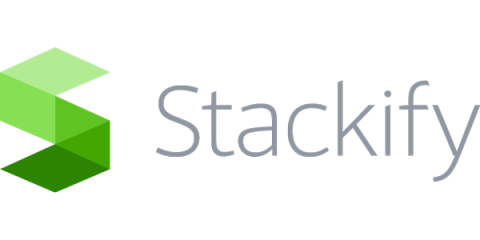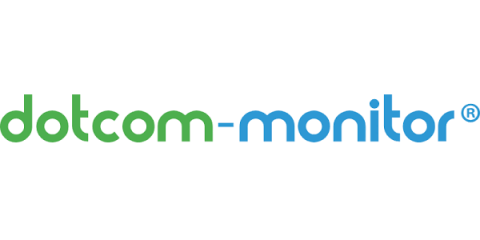Tips from the field: Managing costs in Azure
If you’re reading this article, chances are you’re about to start moving into Azure and want to get your cost control right from the start, or you’re already on your journey and are running into problems getting a clear view of where you’re spending your money. Moving into Azure, or any other cloud, brings with it a new set of challenges that you just don’t face on-prem, and the big one is that pretty much everything incurs its own running cost.


